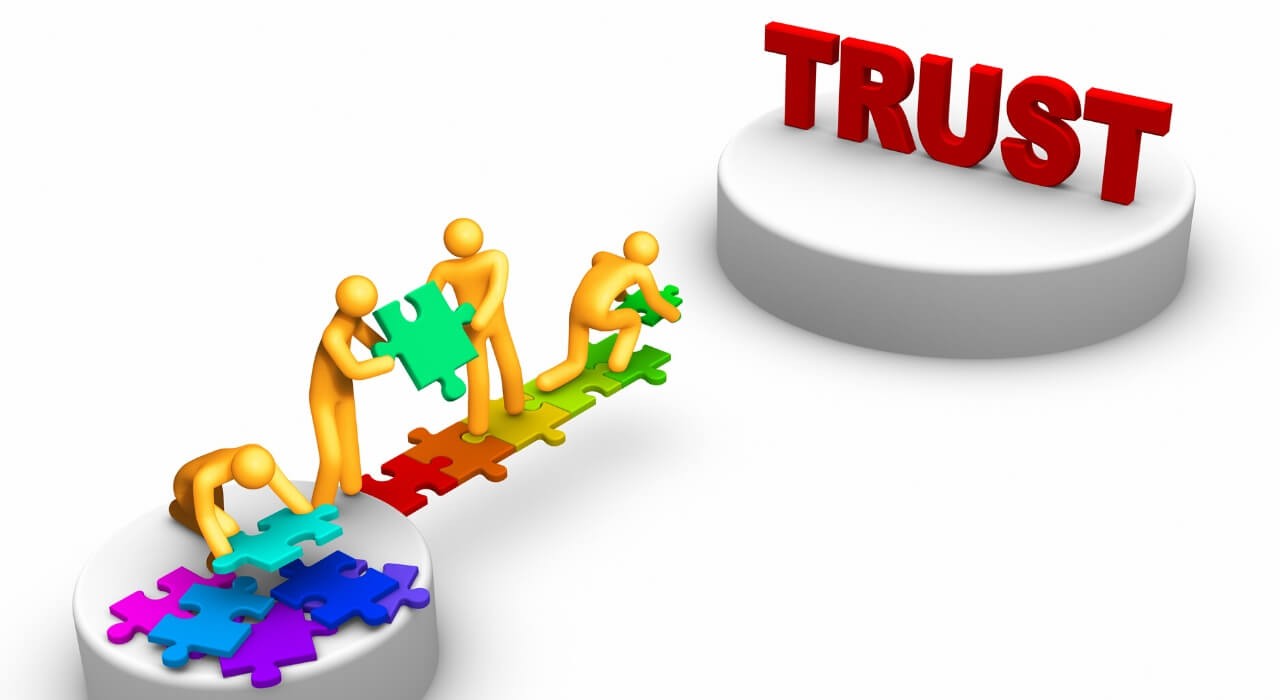Introduction.

Effective communication is a vital skill that can significantly influence your personal and professional success. Confident communicators are more likely to make lasting impressions, foster positive relationships, and inspire action. This article delves into the secrets of impactful conversations, offering practical strategies to enhance your confidence and effectiveness in communication.
1. The Importance of Confidence in Communication
Explanation: Confidence is key to effective communication. It affects how you present your ideas and how others perceive you. Confident communicators are more persuasive and engaging.
Example: A confident speaker at a conference captivates the audience's attention, leading to greater engagement and retention of information.
Strategy: Build your confidence by preparing thoroughly for discussions or presentations, which can reduce anxiety and enhance your delivery.
2. Understanding Your Audience
Explanation: Tailoring your message to suit your audience is crucial for impactful communication. Understanding their needs, interests, and knowledge level enables you to connect more effectively.
Example: When pitching a new product, knowing your audience's pain points allows you to emphasize how your product addresses their specific needs.
Strategy: Research your audience before meetings or presentations. Consider their background, preferences, and potential concerns to tailor your approach.
3. The Power of Body Language
Explanation: Non-verbal communication, such as body language, facial expressions, and gestures, plays a significant role in conveying confidence and engagement.
Example: Maintaining eye contact and an open posture during a conversation signals confidence and attentiveness to the speaker.
Strategy: Practice positive body language by standing tall, making eye contact, and using gestures to emphasize key points. This will reinforce your verbal message.
4. Articulating Your Ideas Clearly
Explanation: Clarity is essential for effective communication. Clearly articulating your ideas helps prevent misunderstandings and ensures your message is understood.
Example: A team leader who succinctly explains project goals and expectations is more likely to achieve alignment and cooperation from team members.
Strategy: Organize your thoughts before speaking. Use simple language and avoid jargon to enhance clarity and understanding.
5. Practicing Active Listening
Explanation: Active listening involves fully engaging with the speaker, which fosters trust and encourages open dialogue. It shows that you value the other person's input.
Example: During a brainstorming session, a leader who listens attentively to team members encourages creativity and collaboration.
Strategy: Practice active listening by summarizing what the speaker has said before responding. This demonstrates your understanding and encourages further discussion.
6. Overcoming Nervousness
Explanation: Many people experience anxiety when communicating, especially in public speaking situations. Recognizing and managing this nervousness is crucial for effective communication.
Example: A presenter might feel nervous before a big presentation, but with practice and preparation, they can deliver their message confidently.
Strategy: Use relaxation techniques, such as deep breathing or visualization, to calm your nerves before speaking. Practice your presentation multiple times to build familiarity and confidence.
7. Asking Open-Ended Questions
Explanation: Open-ended questions encourage dialogue and foster a deeper understanding of the topic. They invite others to share their thoughts and insights, enhancing conversation quality.
Example: Instead of asking, “Did you like the project?” you could ask, “What aspects of the project did you find most valuable?” This invites a more thoughtful response.
Strategy: Incorporate open-ended questions into your conversations to promote engagement and stimulate discussion.
8. Providing Constructive Feedback
Explanation: Providing feedback effectively is essential for growth and improvement. Constructive feedback focuses on specific behaviors rather than personal attributes, fostering a positive communication environment.
Example: Instead of saying, “Your presentation was terrible,” a more constructive approach would be, “I think your presentation could be improved by incorporating more visuals to support your points.”
Strategy: Use the “sandwich” method for giving feedback: start with a positive comment, discuss areas for improvement, and conclude with encouragement.
9. Building Rapport and Trust
Explanation: Building rapport creates a foundation of trust and respect, essential for impactful conversations. People are more likely to engage and communicate openly when they feel comfortable.
Example: A salesperson who takes the time to understand a client's needs and shares relatable experiences is more likely to build trust and close a sale.
Strategy: Find common ground with your audience by sharing personal anecdotes or asking about their experiences. This fosters connection and encourages open communication.
10. Continuous Learning and Practice
Explanation: Mastering communication is an ongoing process. Regular practice and a commitment to self-improvement are essential for developing and refining your communication skills.
Example: Joining a public speaking club or attending workshops can provide valuable opportunities to practice and receive feedback on your communication style.
Strategy: Set specific goals for improving your communication skills and seek out opportunities for practice. Regularly reflect on your conversations to identify areas for growth.
Conclusion.
Confident communication is a powerful tool that can unlock opportunities for personal and professional success. By understanding your audience, practicing active listening, and articulating your ideas clearly, you can create impactful conversations that foster connection and engagement. Implementing the strategies outlined in this article will enhance your confidence and effectiveness as a communicator. Embrace the journey of mastering communication, and watch as it transforms your relationships and opens doors to new possibilities.


You must be logged in to post a comment.